Home>Home Appliances>Laundry Appliances>How To Get Rid Of Dirty Water In A Washing Machine
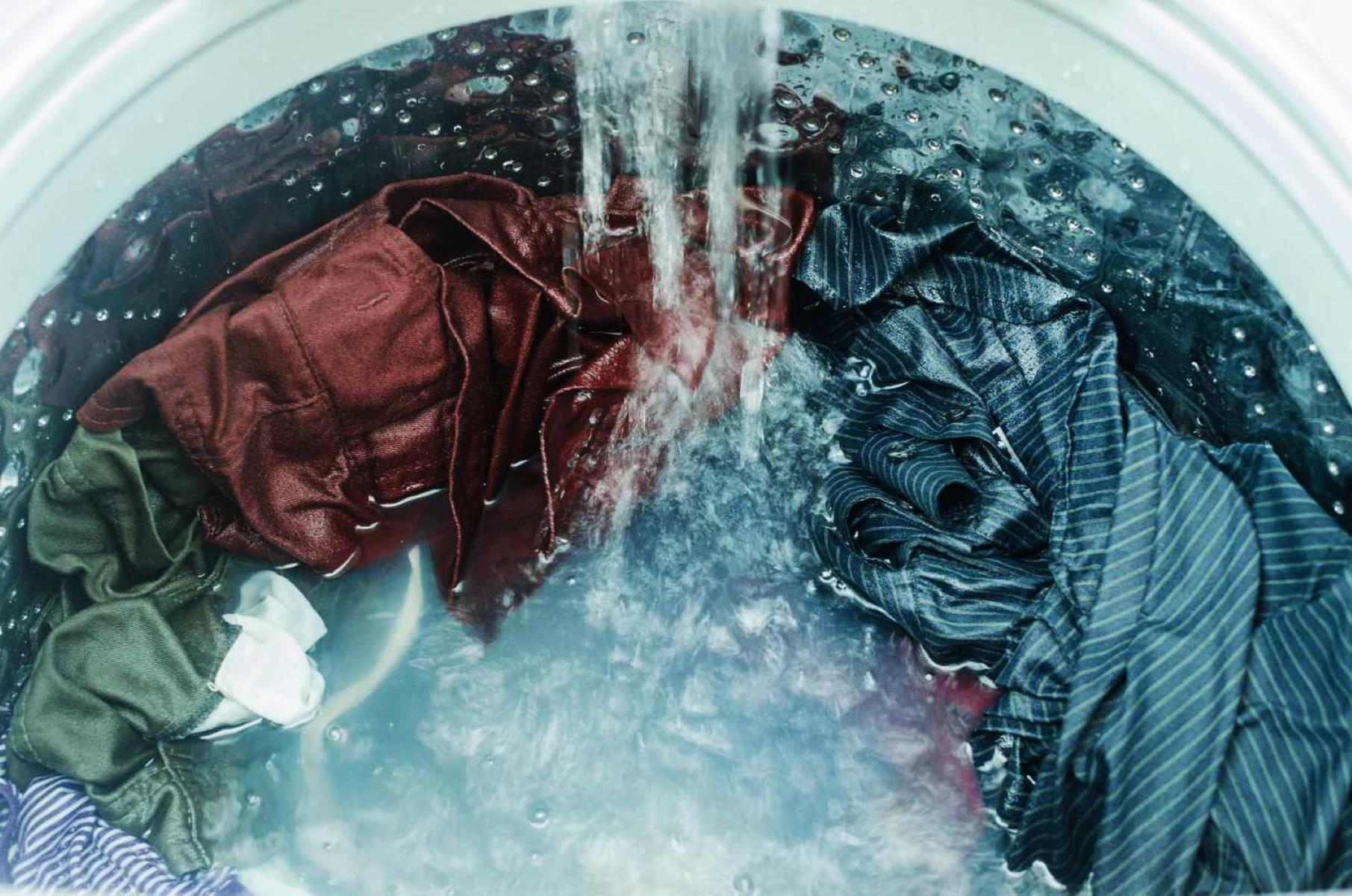

Laundry Appliances
How To Get Rid Of Dirty Water In A Washing Machine
Published: February 26, 2024
Learn effective methods to remove dirty water from your laundry appliances. Discover how to keep your washing machine clean and functioning optimally.
(Many of the links in this article redirect to a specific reviewed product. Your purchase of these products through affiliate links helps to generate commission for Storables.com, at no extra cost. Learn more)
Signs of Dirty Water in a Washing Machine
When it comes to keeping your laundry fresh and clean, the last thing you want is for your washing machine to be the culprit behind dirty water. Identifying the signs of dirty water in your washing machine is crucial for maintaining the cleanliness of your clothes and the longevity of your appliance. Here are the key indicators to watch out for:
-
Foul Odor: One of the most noticeable signs of dirty water in a washing machine is a lingering, unpleasant odor. If your freshly washed clothes come out smelling less than fresh, it could be a clear indication that the water in your machine is contaminated.
-
Discolored Clothes: Have you noticed that your bright whites are not as vibrant as they used to be? Discoloration of clothes, especially whites and light-colored garments, can be a telltale sign of dirty water in your washing machine.
-
Residue on Clothes: Another sign to look out for is the presence of residue on your clothes after a wash cycle. If you notice soap scum, lint, or other particles clinging to your laundry, it's a strong indication that the water in your machine is not as clean as it should be.
-
Visible Build-Up in the Machine: Take a closer look inside your washing machine. If you notice a build-up of grime, mold, or mildew around the drum, door seal, or detergent dispenser, it's a clear sign that the water in your machine is not as clean as it should be.
-
Unusual Noises: While not directly related to the water itself, unusual noises during the wash cycle can be an indirect sign of dirty water. If your machine is making strange sounds, it could be due to the build-up of debris and contaminants in the water, causing the machine to work harder than it should.
By being vigilant for these signs, you can take proactive steps to address any issues with dirty water in your washing machine, ensuring that your laundry comes out fresh, clean, and free from any unwanted odors or residues.
Key Takeaways:
- Keep your washing machine clean to avoid dirty water, foul odors, and residue on clothes. Regular maintenance and proper detergent usage are key to fresh, clean laundry.
- Use natural cleaning agents like vinegar and baking soda to sanitize your washing machine. Address hard water issues and ensure proper ventilation to prevent dirty water build-up.
Read more: How To Get Rid Of Washer And Dryer
Causes of Dirty Water in a Washing Machine
There are several factors that can contribute to the presence of dirty water in a washing machine. Understanding these causes is essential for effectively addressing the issue and preventing it from recurring. Here are the common culprits behind dirty water in a washing machine:
-
Residual Detergent and Fabric Softener: Over time, residual detergent and fabric softener can accumulate in the washing machine, leading to the formation of a grimy residue. This residue can contaminate the water during subsequent wash cycles, resulting in dirty water and leaving behind unwanted deposits on clothes.
-
Hard Water Build-Up: In areas with hard water, mineral deposits such as calcium and magnesium can build up in the washing machine. These deposits can discolor the water and contribute to the formation of soap scum, ultimately leading to dirty water and affecting the cleanliness of the laundry.
-
Mold and Mildew Growth: The damp environment inside the washing machine provides an ideal breeding ground for mold and mildew. If the machine is not properly ventilated or if moisture is trapped within the drum or seals, mold and mildew can thrive, contaminating the water and causing unpleasant odors.
-
Clogged or Dirty Filters: The filters in a washing machine are designed to trap lint, debris, and other particles to prevent them from circulating in the water. However, if these filters become clogged or dirty, they can impede the filtration process, allowing contaminants to mix with the water and contribute to its dirtiness.
-
Inadequate Cleaning of the Machine: Regular cleaning and maintenance of the washing machine are essential for preventing the build-up of dirt, grime, and contaminants. Failure to clean the machine's interior, including the drum, seals, and detergent dispenser, can result in the accumulation of residue that ultimately contaminates the water.
-
Overuse of Detergent: Using excessive amounts of detergent in each wash cycle can lead to soap build-up in the machine. This build-up not only affects the cleanliness of the water but also hinders the machine's ability to rinse clothes effectively, resulting in dirty water and soapy residues on the laundry.
By addressing these underlying causes, such as proper maintenance, using the right amount of detergent, and managing hard water issues, you can effectively combat the problem of dirty water in your washing machine. This understanding empowers you to take proactive measures to maintain a clean and efficient laundry appliance, ensuring that your clothes emerge fresh and spotless after each wash.
Steps to Clean the Washing Machine
Cleaning your washing machine is essential for ensuring that it operates efficiently and delivers clean, fresh-smelling laundry. Follow these steps to effectively clean your washing machine and eliminate any build-up of dirt, grime, or contaminants:
1. Run a Hot Water Cycle with Vinegar
Start by pouring two cups of white vinegar into the detergent dispenser or directly into the drum. White vinegar is a natural disinfectant and helps dissolve mineral deposits, soap scum, and residue inside the machine. Set the washing machine to the hottest water setting and run a complete wash cycle without any laundry. The hot water and vinegar combination will help sanitize the interior of the machine and loosen any build-up.
2. Wipe Down the Interior and Exterior
While the machine is still warm from the previous cycle, use a clean cloth or sponge dampened with vinegar to wipe down the interior surfaces, including the drum, door seal, and detergent dispenser. Pay special attention to any areas with visible grime or mold growth. Additionally, wipe down the exterior of the machine to remove any dust, detergent spills, or fingerprints.
Read more: How To Get Rid Of Lint In A Washing Machine
3. Clean the Detergent Dispenser and Filters
Remove the detergent dispenser and soak it in a solution of warm water and vinegar to loosen any residue. Use a small brush or toothbrush to scrub away any stubborn build-up. Additionally, check and clean the filters in the washing machine, including the lint trap and any other removable filters, to ensure that they are free from debris and contaminants.
4. Run a Second Cycle with Baking Soda
After cleaning the interior and components, sprinkle one cup of baking soda into the drum of the washing machine. Baking soda acts as a natural deodorizer and helps to neutralize any remaining odors. Once again, set the machine to a hot water cycle and run it without any laundry. This step further cleanses the interior and eliminates any lingering smells.
5. Air Out the Machine
To prevent the growth of mold and mildew, leave the door of the washing machine open for a few hours after completing the cleaning process. Allowing air to circulate inside the machine helps to dry out any residual moisture and discourages the development of unpleasant odors.
By following these steps on a regular basis, ideally every 1-3 months, you can effectively clean your washing machine and maintain its optimal performance. This proactive approach not only ensures that your laundry emerges fresh and clean but also extends the lifespan of your valuable appliance.
Preventing Dirty Water Build-Up in the Future
Maintaining a washing machine that consistently delivers clean and fresh-smelling laundry requires proactive measures to prevent the build-up of dirty water in the future. By implementing the following practices, you can safeguard your appliance from the accumulation of grime, residue, and contaminants, ensuring that each wash cycle yields pristine results.
1. Proper Detergent Usage
Using the appropriate amount of detergent is crucial for preventing soap build-up and residue in the washing machine. Refer to the manufacturer's guidelines or the detergent packaging for the recommended dosage based on load size and water hardness. Avoid overpouring detergent, as excess suds can lead to dirty water and ineffective rinsing.
2. Regular Cleaning and Maintenance
Establish a routine for cleaning the washing machine's interior, including the drum, door seal, and detergent dispenser. Wipe down these areas regularly to remove any accumulated grime, mold, or mildew. Additionally, check and clean the filters to ensure unobstructed water flow and filtration.
3. Use of Cleaning Agents
Periodically incorporating natural cleaning agents, such as white vinegar and baking soda, can help maintain the cleanliness of the washing machine. Running cycles with vinegar and baking soda can effectively sanitize the interior, dissolve residue, and neutralize odors, preventing the build-up of dirty water.
4. Addressing Hard Water Issues
If hard water is prevalent in your area, consider installing a water softener to minimize mineral deposits in the washing machine. Alternatively, use water softening agents or additives specifically designed for laundry to mitigate the impact of hard water on the appliance and the cleanliness of the water.
5. Proper Ventilation
After completing a laundry cycle, leave the washing machine door ajar to allow air circulation and facilitate drying. Adequate ventilation helps prevent the accumulation of moisture, reducing the likelihood of mold and mildew growth, and maintaining the freshness of the appliance's interior.
6. Prompt Repairs and Maintenance
Address any leaks, unusual noises, or malfunctions promptly by seeking professional repairs and maintenance. Timely intervention can prevent water contamination resulting from internal issues and ensure the overall efficiency of the washing machine.
By integrating these preventive measures into your laundry routine, you can effectively combat the build-up of dirty water in your washing machine, preserving the cleanliness of your clothes and the optimal performance of your appliance. Consistent adherence to these practices will contribute to a seamless laundry experience, with each wash cycle yielding impeccably clean and fresh-smelling results.
Frequently Asked Questions about How To Get Rid Of Dirty Water In A Washing Machine
Was this page helpful?
At Storables.com, we guarantee accurate and reliable information. Our content, validated by Expert Board Contributors, is crafted following stringent Editorial Policies. We're committed to providing you with well-researched, expert-backed insights for all your informational needs.
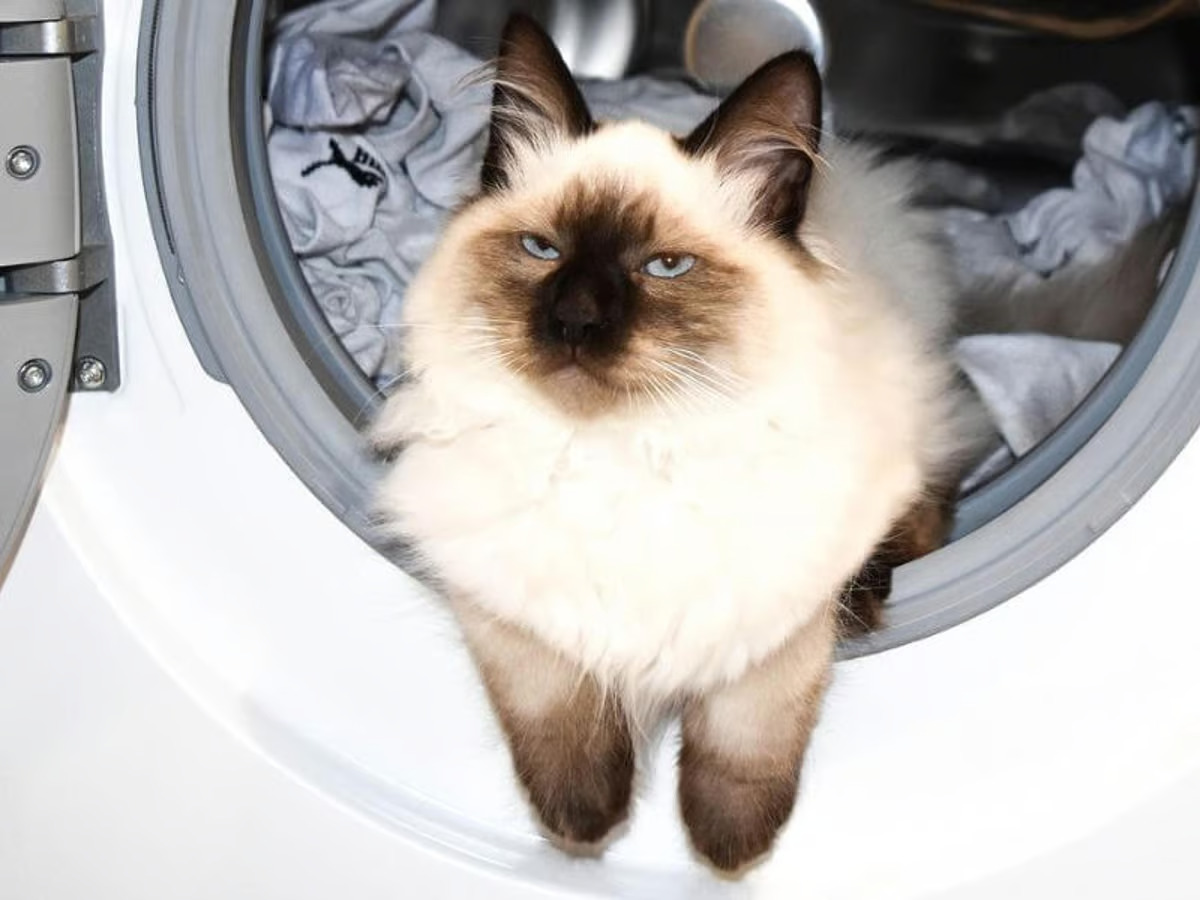
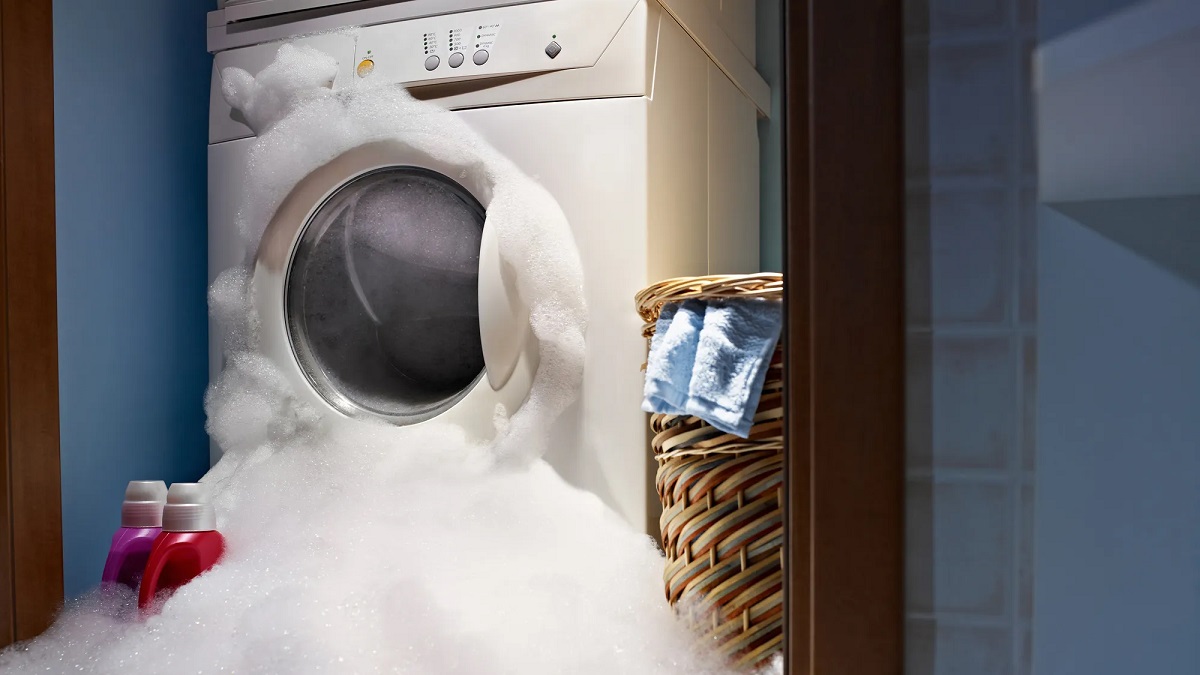
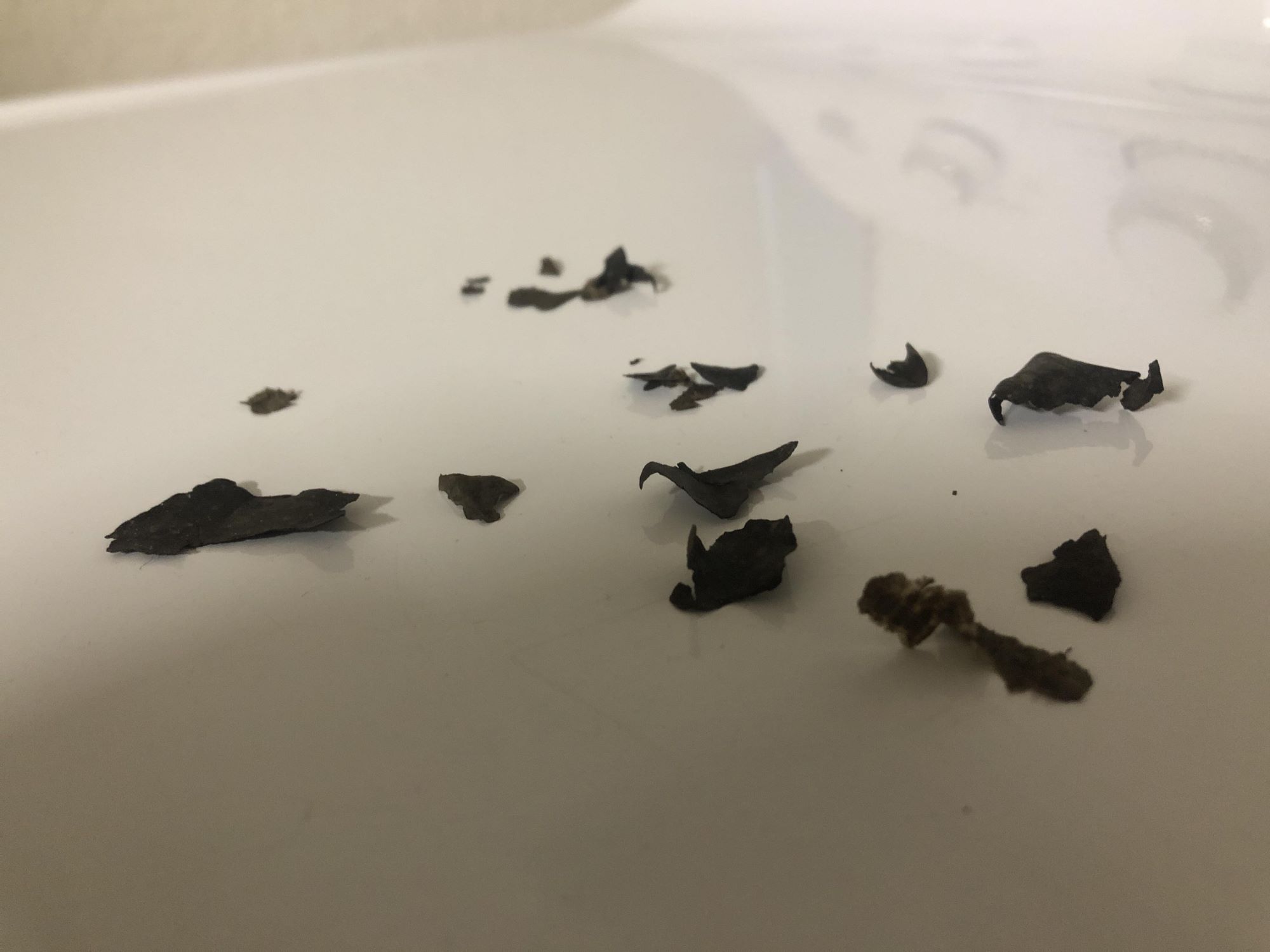
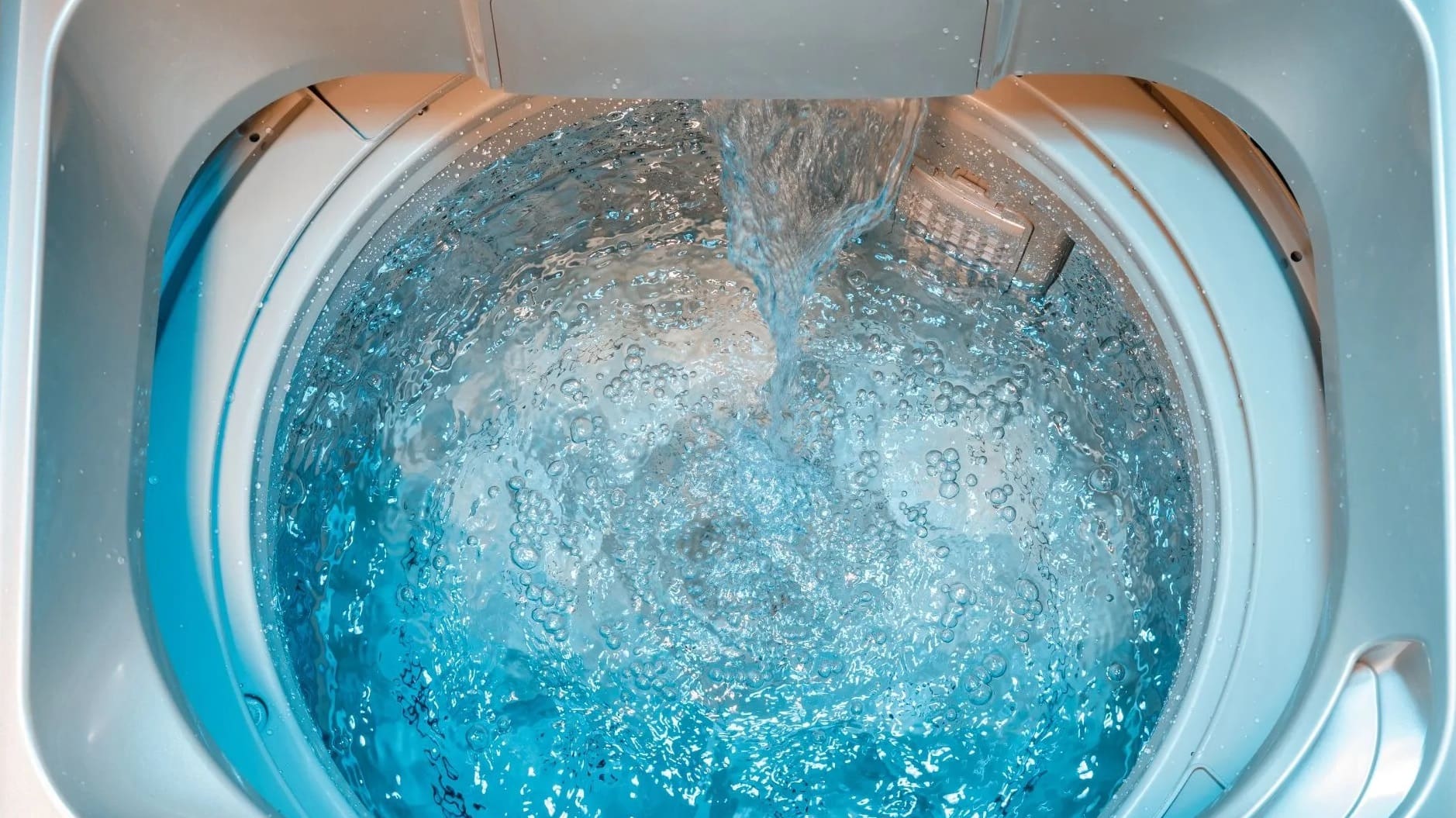
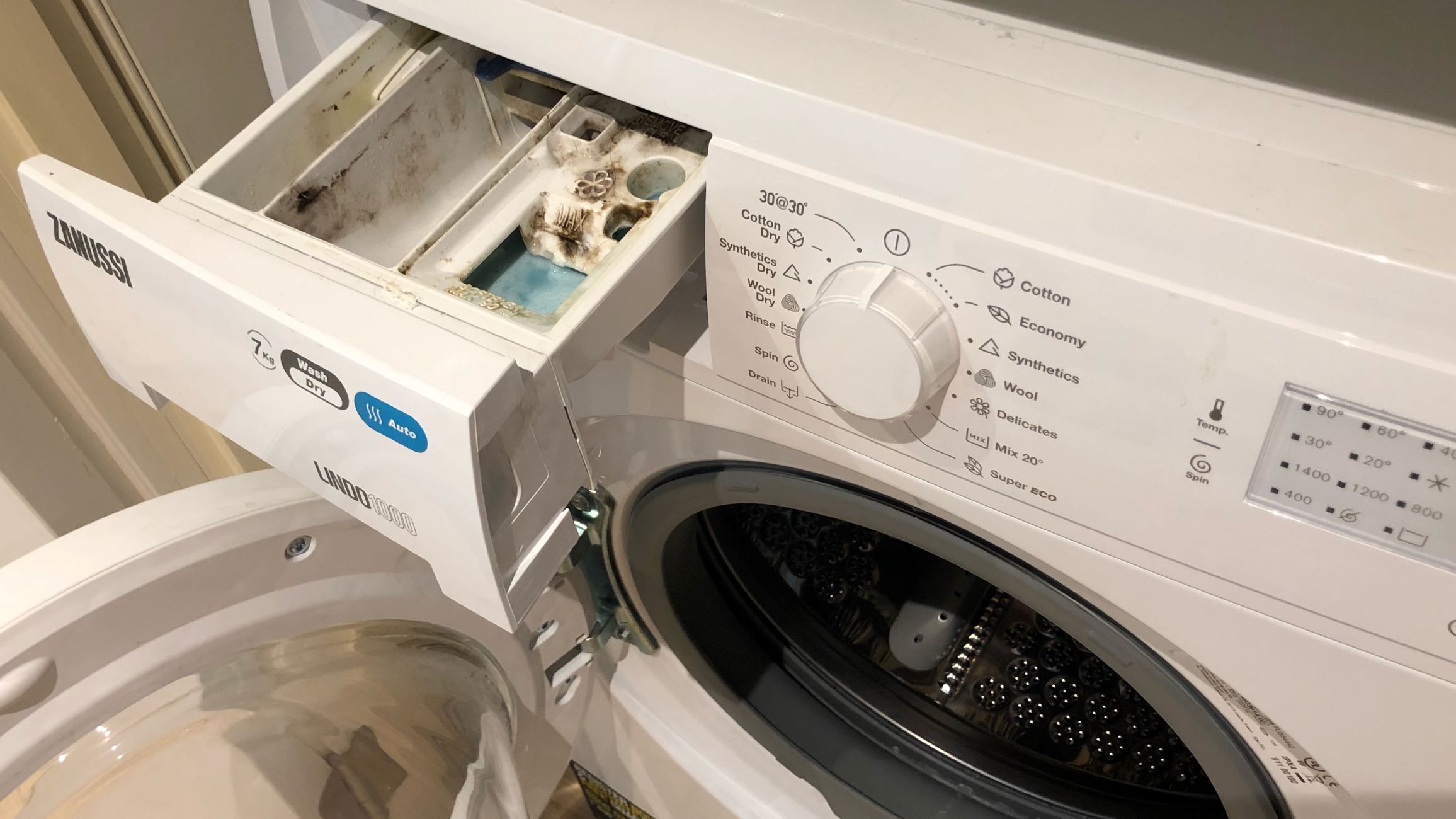
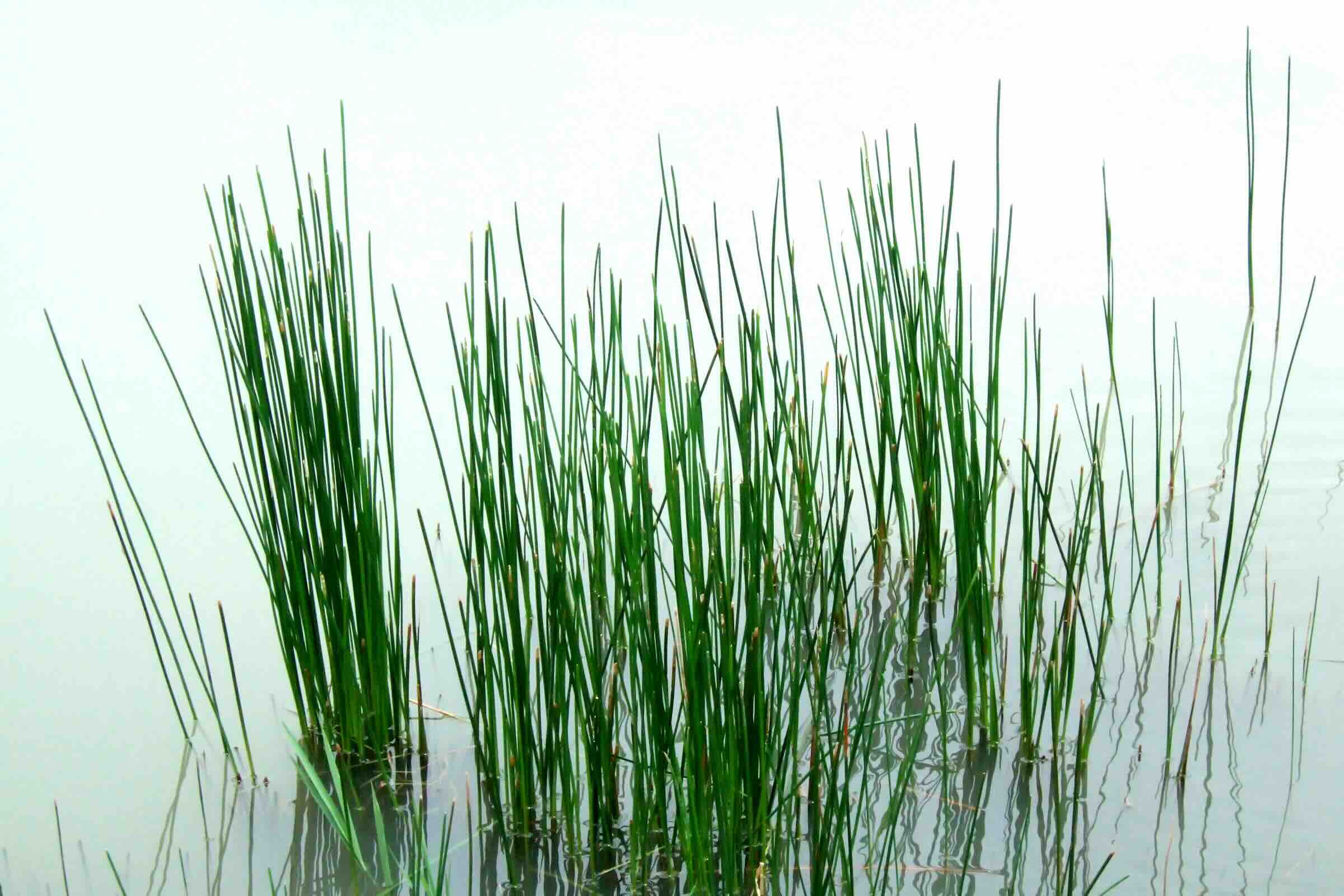
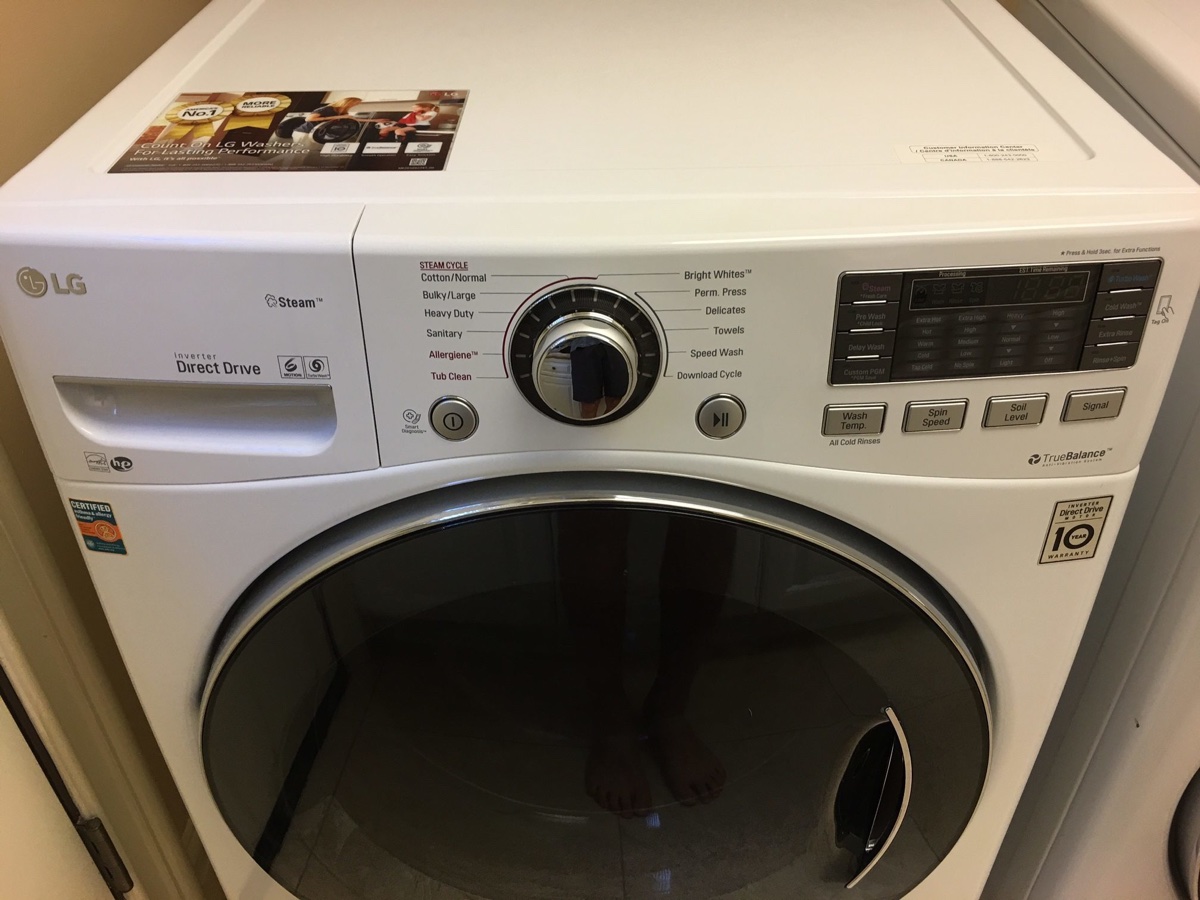
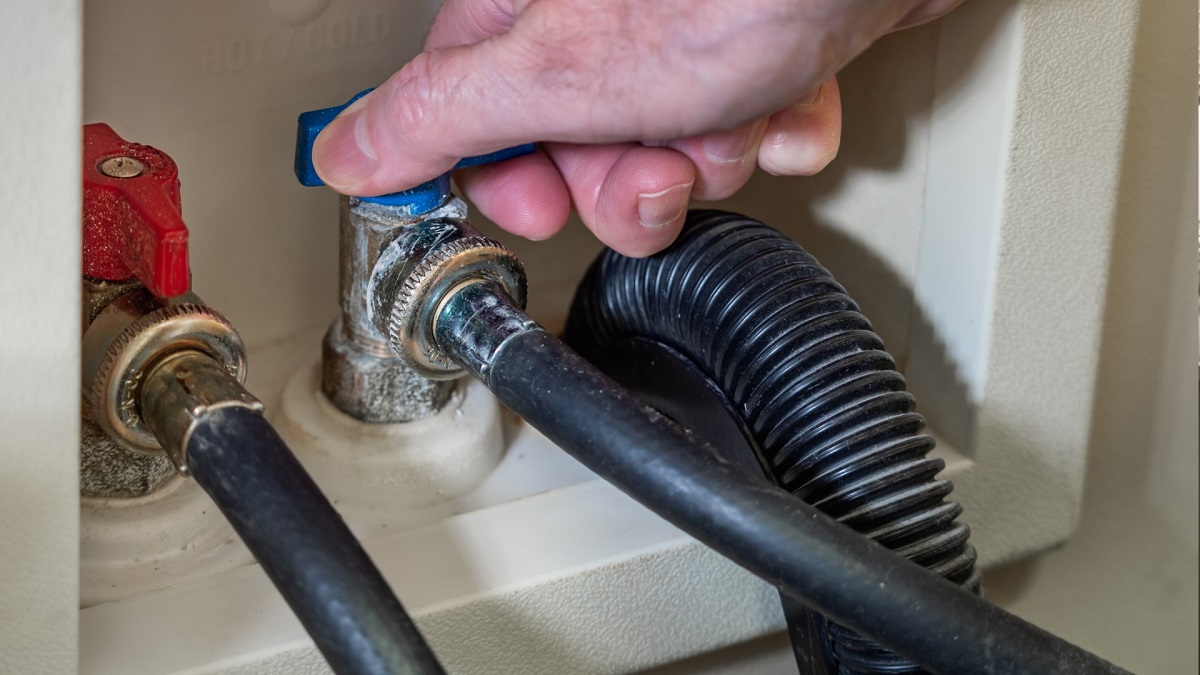
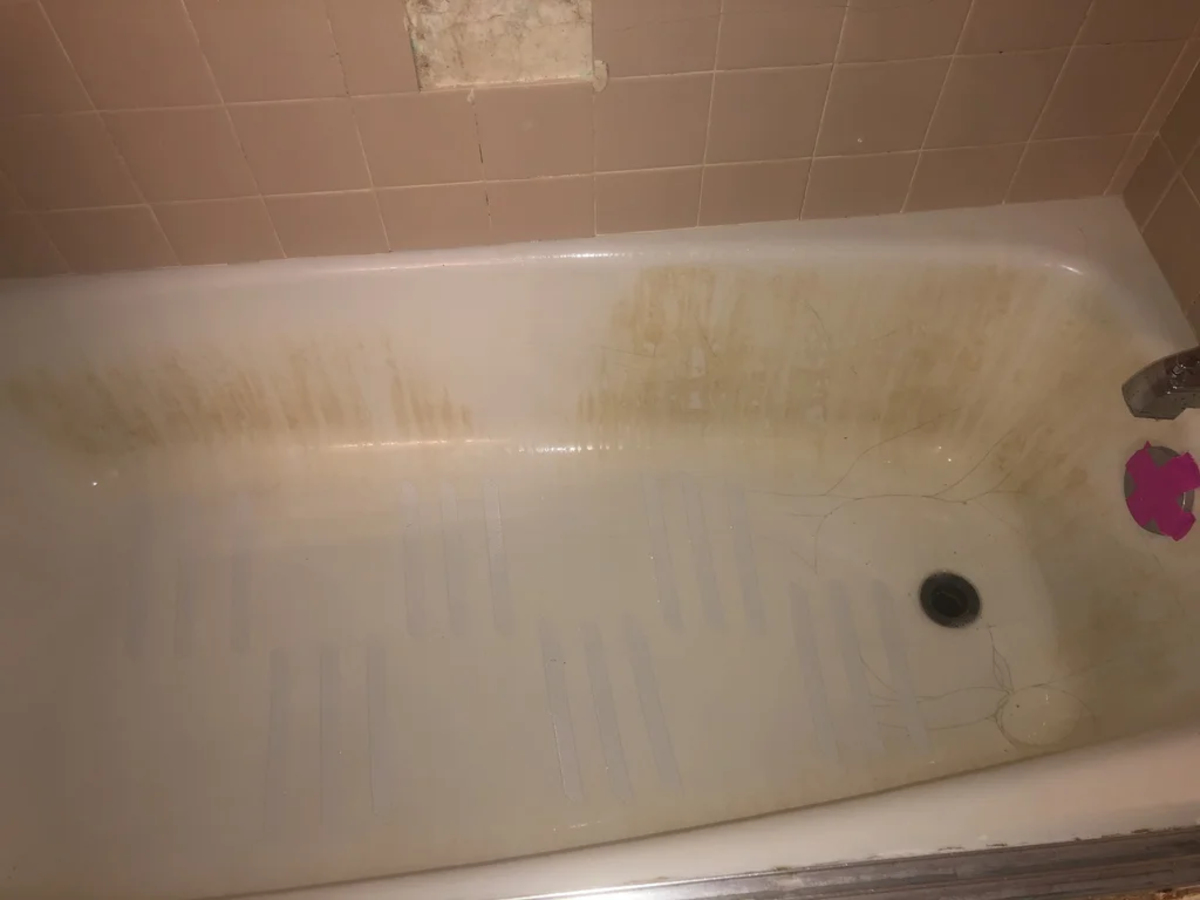
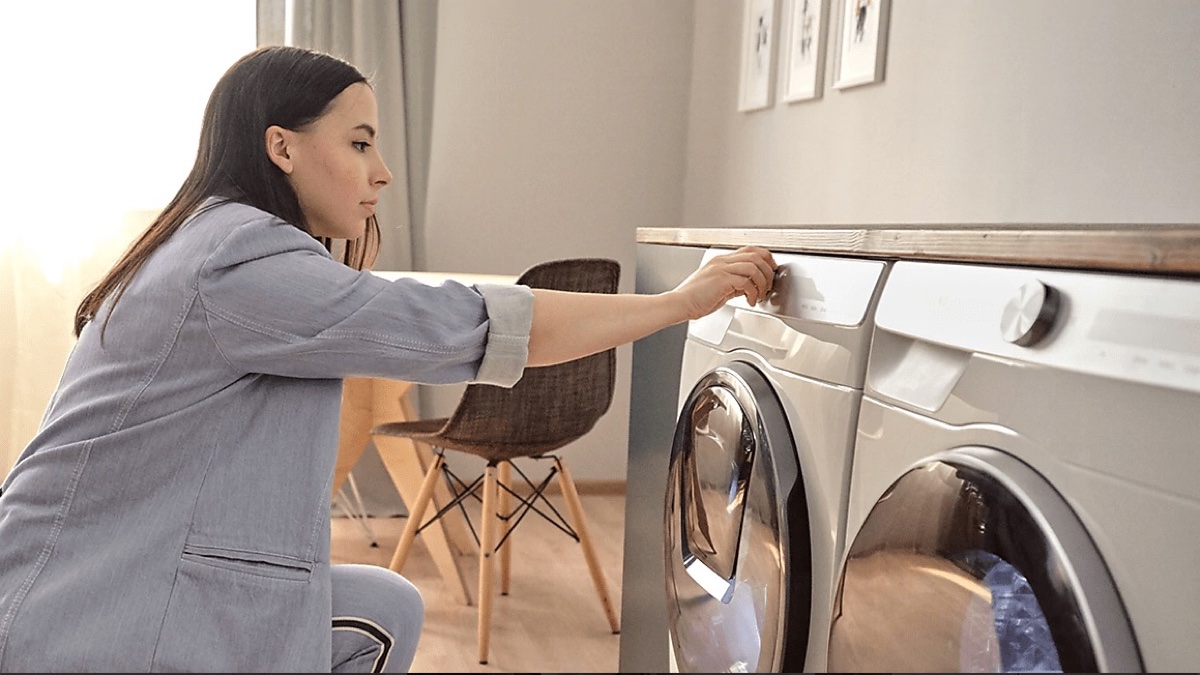

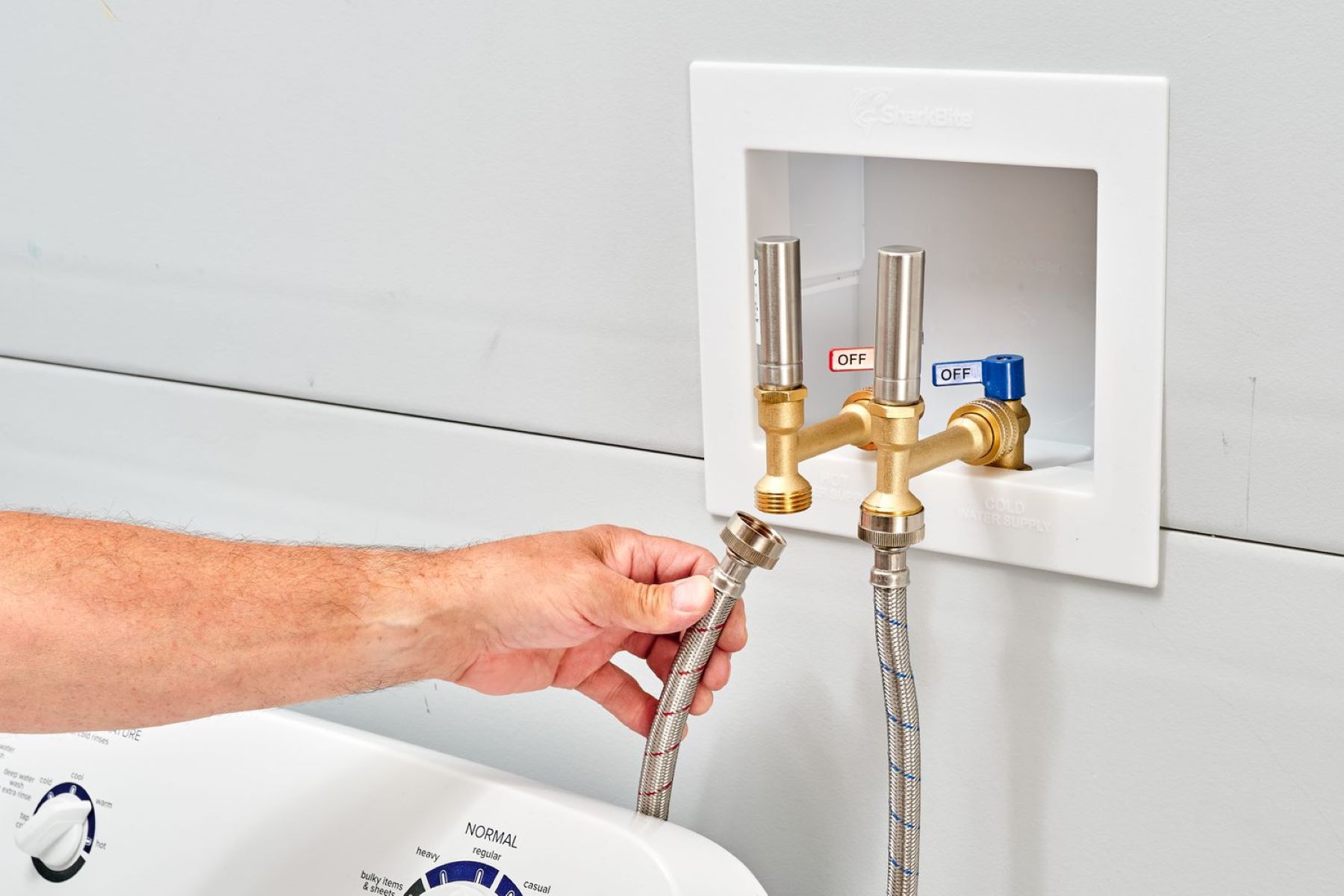

0 thoughts on “How To Get Rid Of Dirty Water In A Washing Machine”